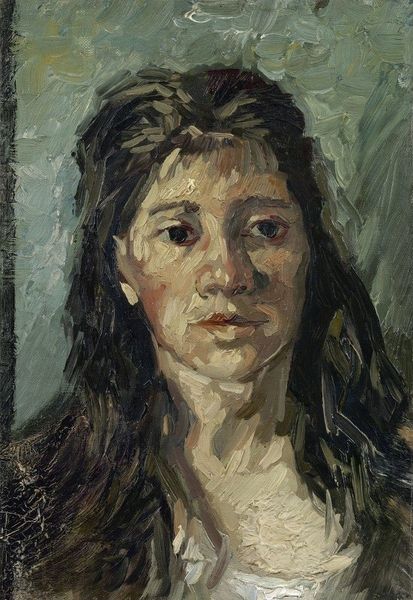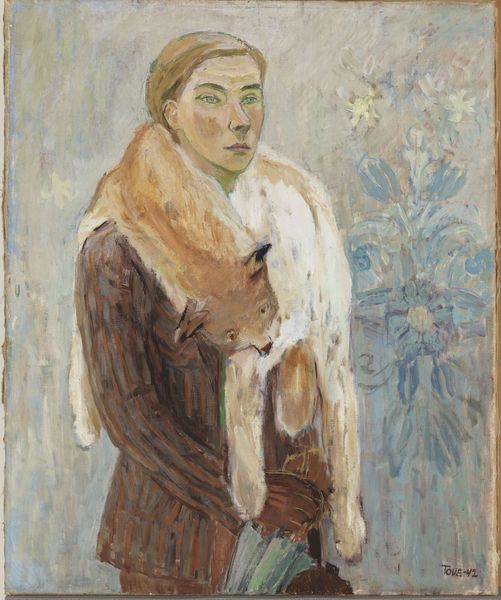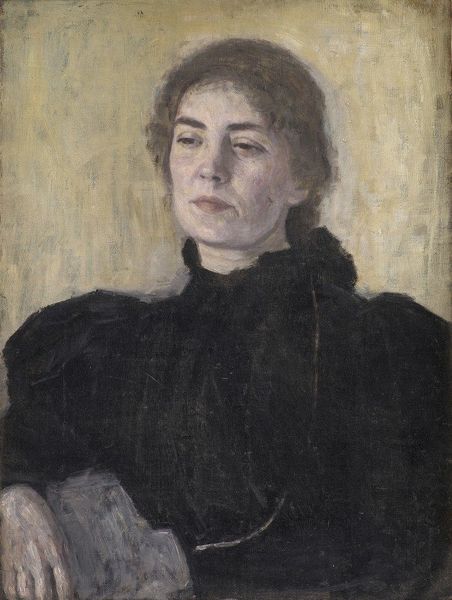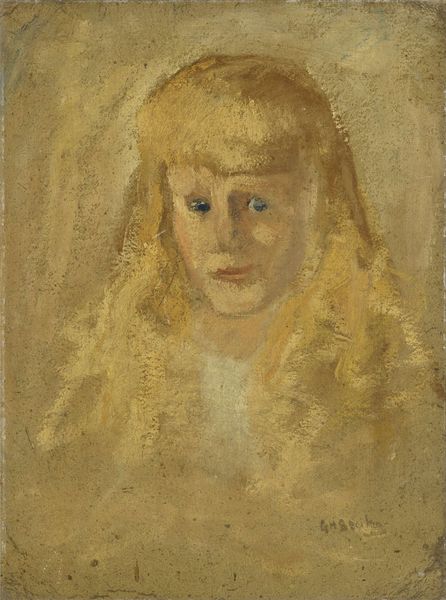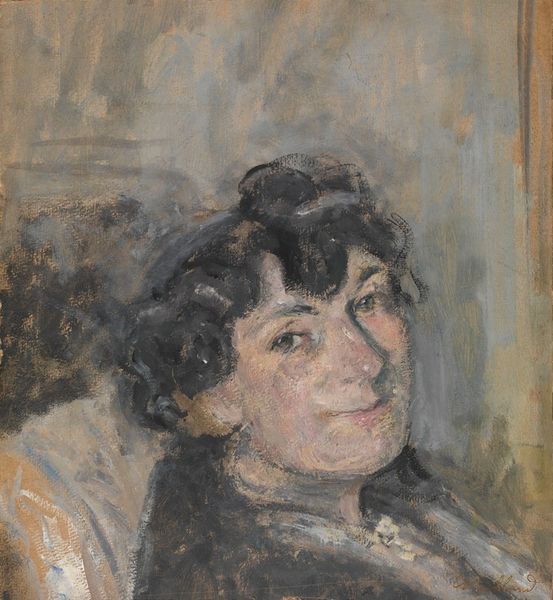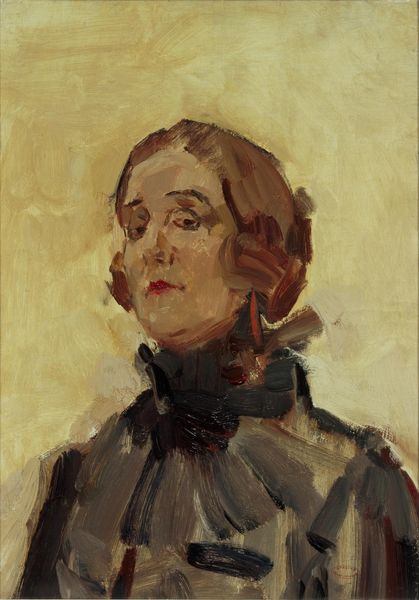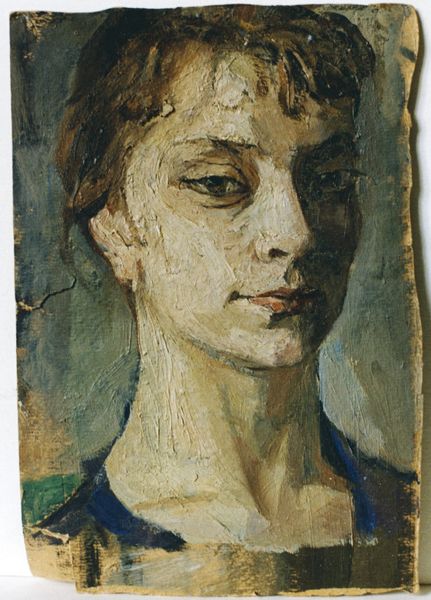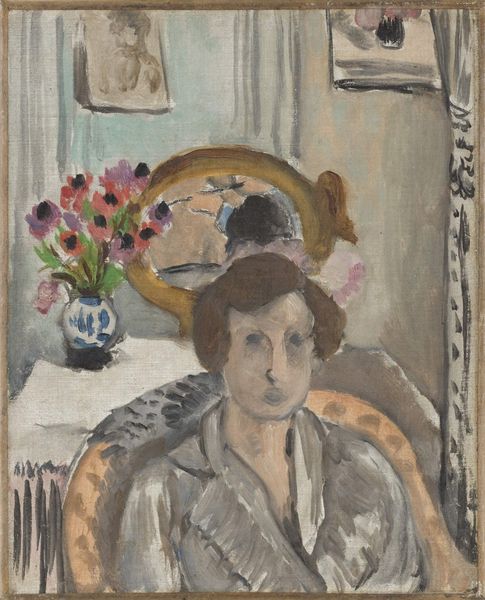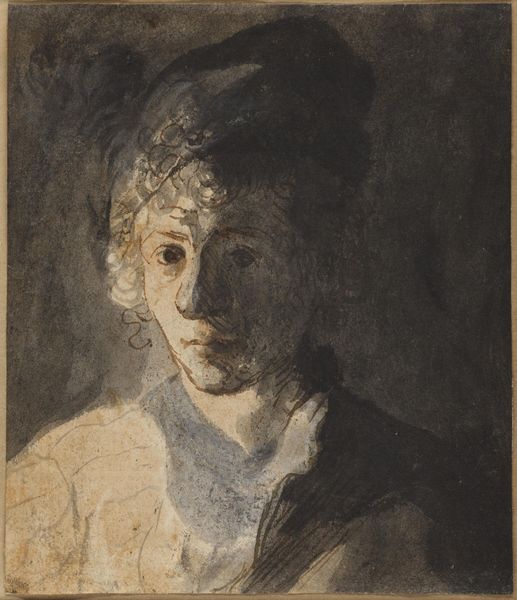
oil-paint, impasto
#
portrait
#
oil-paint
#
figuration
#
oil painting
#
impasto
#
portrait art
#
realism
Copyright: Zoe Lerman,Fair Use
Editor: This oil-on-canvas portrait, titled "Untitled," has such an interesting textural quality thanks to the impasto technique. It makes me think about vulnerability, particularly how it's portrayed. What's your interpretation of this piece, and how does its materiality speak to the content? Curator: For me, the thick application of the oil paint is key. The visible labor involved in layering and shaping the pigment – that's not just about representing a likeness, but about the very act of making. Think about who made the paint, who wove the canvas, who likely commissioned and possesses the work. Those relationships are inherent in its presence. How does the use of oil paint contribute to the overall impression of this piece compared to, say, watercolors or charcoal? Editor: That's interesting, the emphasis on labour and ownership. I guess the oil paint gives it a sense of permanence and value, linking it to a history of wealthy patrons and established artistic hierarchies. If this had been created with, say, something less valued than oil, would our experience differ radically? Curator: Exactly. Consider how the tradition of oil painting on canvas historically functioned as a commodity. The 'Untitled' title resists a singular narrative, almost demanding we confront its material existence and its potential place within systems of exchange rather than searching for inherent meaning. Does the anonymity perhaps speak to an exploration of craft devoid of market consideration, despite its very tangible and tactile quality? Editor: It's a real change of perspective to consider the piece this way – I always start with the subject and then work outwards! Thinking about all those production elements offers a very different way in. Curator: And perhaps more honest about what we really value. I found considering the means of its production revealed interesting layers. Thanks!
Comments
No comments
Be the first to comment and join the conversation on the ultimate creative platform.

